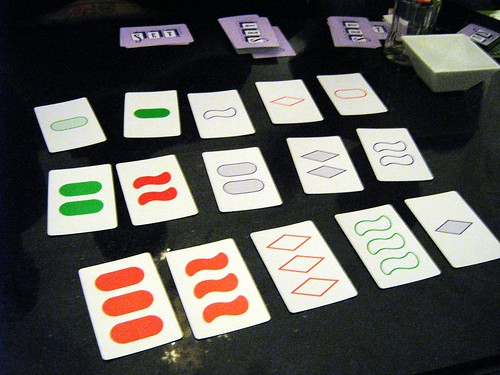 “Active learning”, “authentic learning”, and “experiential learning” are common buzzwords in education, but are also what we try to provide our students as we aim to enable them with the required skills and knowledge for their successful entry into the “real world”. In many scientific disciplines laboratories have been an integral part of teaching and learning that attempt to provide those experiences. The combining of laboratory activities with more theoretical forms of instructions, such as lecture and discussion, has been attributed to an improvement in both attitude toward the subject matter and scientific reasoning skills (White and Frederiksen, 1998).
“Active learning”, “authentic learning”, and “experiential learning” are common buzzwords in education, but are also what we try to provide our students as we aim to enable them with the required skills and knowledge for their successful entry into the “real world”. In many scientific disciplines laboratories have been an integral part of teaching and learning that attempt to provide those experiences. The combining of laboratory activities with more theoretical forms of instructions, such as lecture and discussion, has been attributed to an improvement in both attitude toward the subject matter and scientific reasoning skills (White and Frederiksen, 1998).
However, laboratory courses are extremely expensive to operate with respect to infrastructure, material, human, space and time resources and so have often become limited in the curriculum. At universities across Canada and the US, including at the University of Waterloo, many lab courses have become “un-linked” from corresponding undergraduate courses. There are of course very good reasons for doing this as large lecture courses can service a broad population and a subset of majors can occupy the expensive lab courses. From a financial perspective this all makes perfect sense. However, in some instances, including many of the courses in the Faculty of Science here at the University of Waterloo, students requiring both can enroll in the lab and lecture in different semesters. Viscerally, I have always had difficulty with this practice as I see value in the integration of the theoretical with the practical for optimal learning and as a teacher when I teach a course of both lecture and lab I can integrate the two better and interact with the students more – only practical in smaller courses of course.
A recently published large study looking at nearly 10,000 first year General Chemistry students over 5 years at the University of Michigan (Matz et al, 2012) found that concurrent enrollment in the lecture and the corresponding laboratory course positively affected lecture grades when compared to those who took the laboratory in a later term or not at all. This effect was even more pronounced for the group of weakest students, as determined by entering math and chemistry scores on the SAT test, whose grades increased by an average of a third of a letter grade (ie., B- to B). The authors also looked at withdrawal rates from the lecture and again found that the concurrent enrollment was positively linked to retention, with the odds of a concurrent student being retained being 2.2 times higher than those who took the lab separately of not at all. This was so for both the stronger and the weaker students.
The design of laboratory course in this study may have played a role a guided inquiry course where student presumably do authentic experiment and the pre-lab is not designed to “give away” the results. Much of the lab work in this course is also done in teams, which is intended to promote a collaborative, community environment. The authors hypothesize that this community factor also played an important role in their findings.
I hope more studies such as this will be done. I wonder what the data here would show us?
Matz, R., Rothman, E., Krajcik, J., & Banaszak Holl, M. (2012). Concurrent Enrollment in Lecture and Laboratory Enhances Student Performance and Retention. Journal of Research in Science Teaching 49(5): 659-682.
White, B., & Fredericken, J. (1998). Inquiry, modeling and metacognition: Making science accessible to all students. Cognition and Instruction. 16 (1): 3-118.





